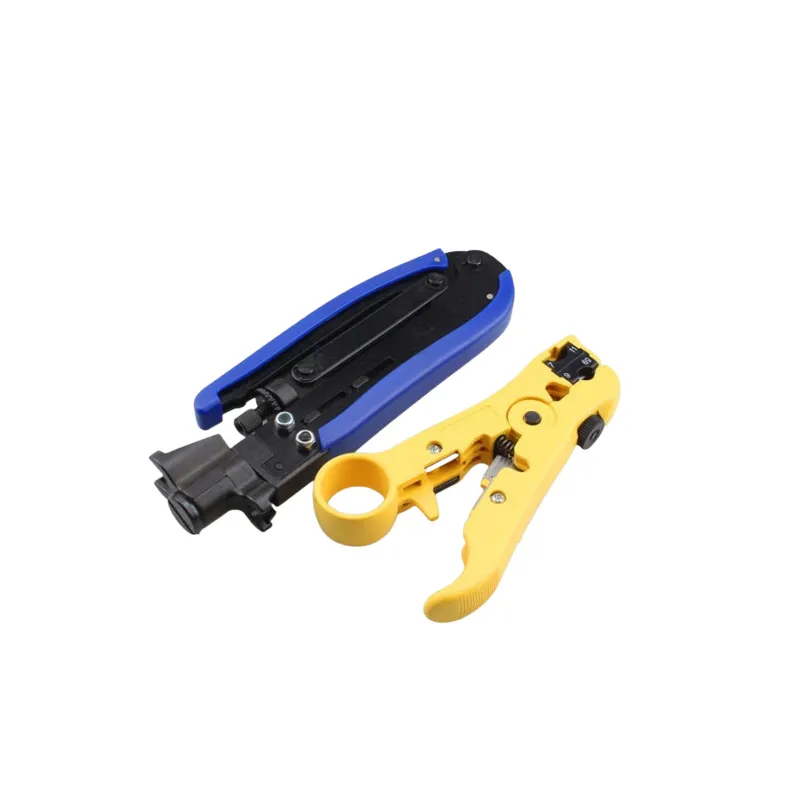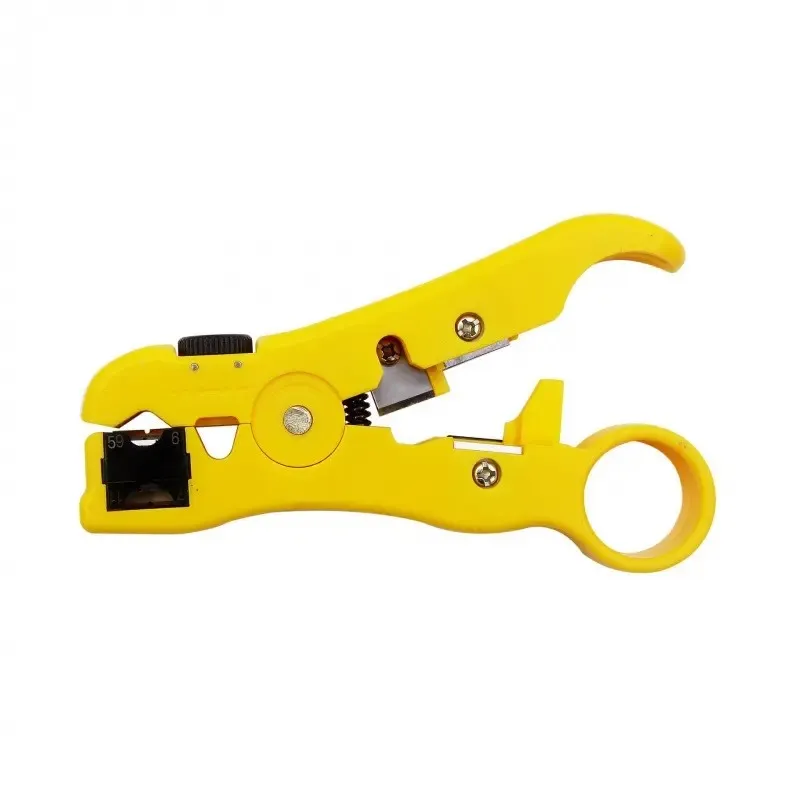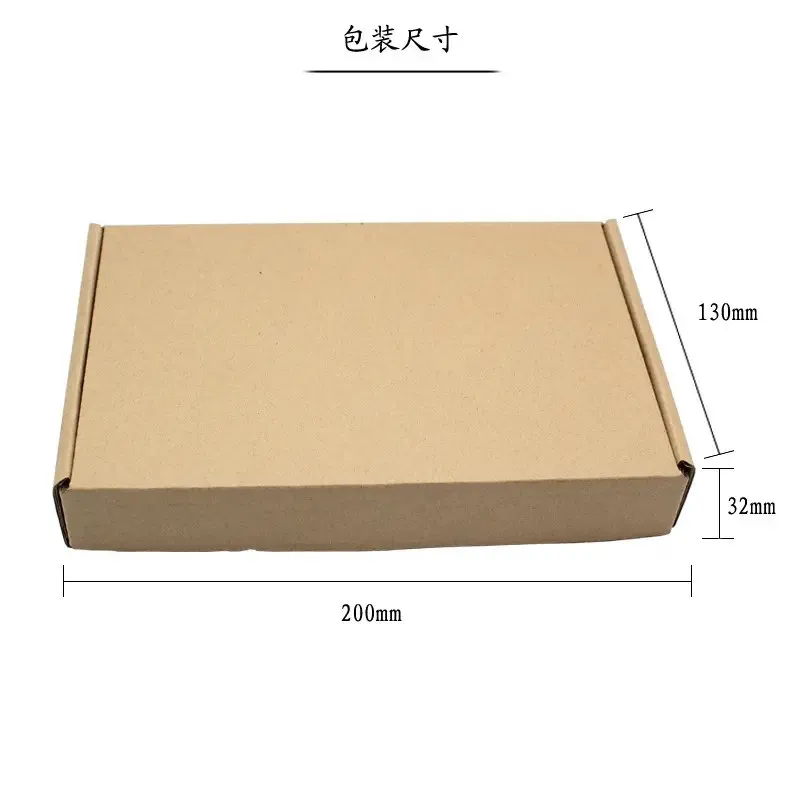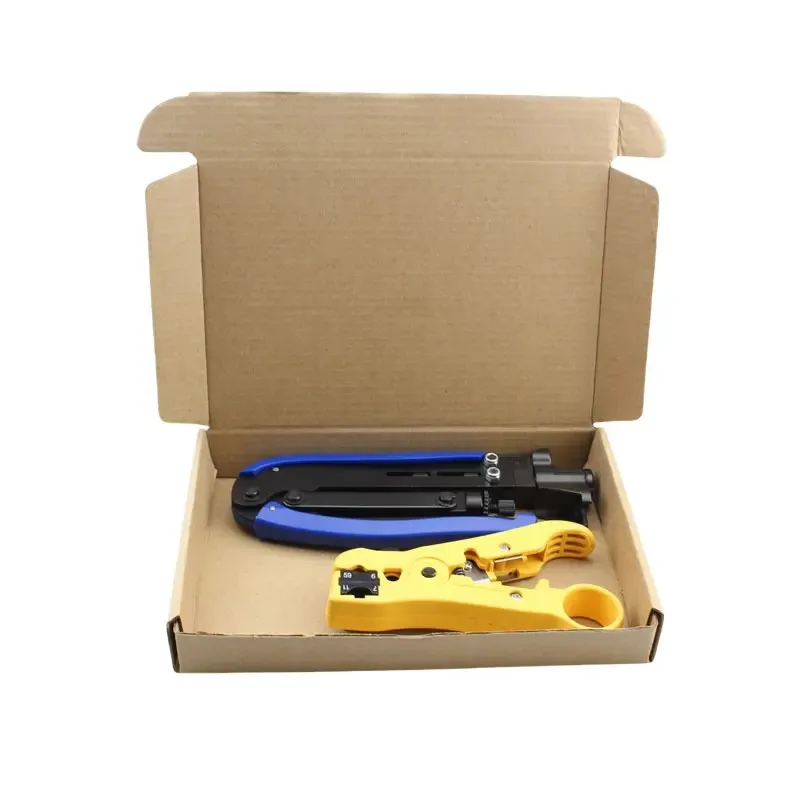
-
 Afrikaans
Afrikaans -
 Albanian
Albanian -
 Amharic
Amharic -
 Arabic
Arabic -
 Armenian
Armenian -
 Azerbaijani
Azerbaijani -
 Basque
Basque -
 Belarusian
Belarusian -
 Bengali
Bengali -
 Bosnian
Bosnian -
 Bulgarian
Bulgarian -
 Catalan
Catalan -
 Cebuano
Cebuano -
 Corsican
Corsican -
 Croatian
Croatian -
 Czech
Czech -
 Danish
Danish -
 Dutch
Dutch -
 English
English -
 Esperanto
Esperanto -
 Estonian
Estonian -
 Finnish
Finnish -
 French
French -
 Frisian
Frisian -
 Galician
Galician -
 Georgian
Georgian -
 German
German -
 Greek
Greek -
 Gujarati
Gujarati -
 Haitian Creole
Haitian Creole -
 hausa
hausa -
 hawaiian
hawaiian -
 Hebrew
Hebrew -
 Hindi
Hindi -
 Miao
Miao -
 Hungarian
Hungarian -
 Icelandic
Icelandic -
 igbo
igbo -
 Indonesian
Indonesian -
 irish
irish -
 Italian
Italian -
 Japanese
Japanese -
 Javanese
Javanese -
 Kannada
Kannada -
 kazakh
kazakh -
 Khmer
Khmer -
 Rwandese
Rwandese -
 Korean
Korean -
 Kurdish
Kurdish -
 Kyrgyz
Kyrgyz -
 Lao
Lao -
 Latin
Latin -
 Latvian
Latvian -
 Lithuanian
Lithuanian -
 Luxembourgish
Luxembourgish -
 Macedonian
Macedonian -
 Malgashi
Malgashi -
 Malay
Malay -
 Malayalam
Malayalam -
 Maltese
Maltese -
 Maori
Maori -
 Marathi
Marathi -
 Mongolian
Mongolian -
 Myanmar
Myanmar -
 Nepali
Nepali -
 Norwegian
Norwegian -
 Norwegian
Norwegian -
 Occitan
Occitan -
 Pashto
Pashto -
 Persian
Persian -
 Polish
Polish -
 Portuguese
Portuguese -
 Punjabi
Punjabi -
 Romanian
Romanian -
 Russian
Russian -
 Samoan
Samoan -
 Scottish Gaelic
Scottish Gaelic -
 Serbian
Serbian -
 Sesotho
Sesotho -
 Shona
Shona -
 Sindhi
Sindhi -
 Sinhala
Sinhala -
 Slovak
Slovak -
 Slovenian
Slovenian -
 Somali
Somali -
 Spanish
Spanish -
 Sundanese
Sundanese -
 Swahili
Swahili -
 Swedish
Swedish -
 Tagalog
Tagalog -
 Tajik
Tajik -
 Tamil
Tamil -
 Tatar
Tatar -
 Telugu
Telugu -
 Thai
Thai -
 Turkish
Turkish -
 Turkmen
Turkmen -
 Ukrainian
Ukrainian -
 Urdu
Urdu -
 Uighur
Uighur -
 Uzbek
Uzbek -
 Vietnamese
Vietnamese -
 Welsh
Welsh -
 Bantu
Bantu -
 Yiddish
Yiddish -
 Yoruba
Yoruba -
 Zulu
Zulu


авг . 17, 2025 03:00 Back to list
Precision Hydraulic Crimping Tool for Reliable Hose Crimps
The Evolution and Impact of Hydraulic Crimping Technology
In modern industrial applications, the integrity and reliability of fluid transfer systems are paramount, directly impacting operational safety, efficiency, and environmental compliance. At the core of ensuring these critical connections lies the hydraulic crimping tool, an indispensable device used for securely fastening fittings onto hoses. This technology has undergone significant evolution, moving from rudimentary manual processes to highly sophisticated, automated systems that guarantee precision and consistency. The global market for hydraulic equipment, including specialized crimping solutions, continues to expand, driven by robust demand across diverse sectors such as construction, automotive, agriculture, and manufacturing. Current industry trends highlight a strong focus on enhanced portability, increased automation, and the integration of smart technologies for predictive maintenance and real-time operational feedback. Manufacturers are increasingly prioritizing tools that offer superior crimping accuracy, reduced cycle times, and improved ergonomic designs to minimize operator fatigue and enhance productivity. Furthermore, the rising adoption of high-pressure hydraulic systems necessitates crimping solutions that can withstand extreme operational demands, ensuring leak-free performance and extended service life. The demand for eco-friendly and energy-efficient solutions is also shaping product development, pushing innovation towards tools that consume less power while delivering optimal performance. This dynamic landscape underscores the critical role of advanced crimping technology in achieving operational excellence and maintaining competitive advantage in a highly demanding industrial environment.

The Advanced Manufacturing Process of Hydraulic Crimping Tools
The robust performance and longevity of a hydraulic hose crimping machine are direct results of a meticulously engineered manufacturing process that adheres to stringent quality controls and incorporates advanced material science. The journey begins with the selection of high-grade raw materials, primarily specialized alloys such as hardened steel (e.g., AISI 4140 or 4340) for critical components like the crimping dies and ram, known for their exceptional tensile strength and resistance to wear. The manufacturing sequence typically involves several sophisticated stages: precision casting or forging to create the initial component shapes, ensuring optimal material density and grain structure. This is often followed by advanced CNC (Computer Numerical Control) machining, which provides unparalleled accuracy in shaping complex geometries with tolerances often down to micrometers. Heat treatment processes, including annealing, quench hardening, and tempering, are then applied to achieve specific material properties such as enhanced hardness, ductility, and fatigue resistance, crucial for handling the immense pressures involved in crimping. Surface finishing treatments, like nitriding or chrome plating, are utilized to improve corrosion resistance and reduce friction, thereby extending the tool's operational lifespan. Throughout the entire manufacturing chain, rigorous quality assurance protocols are implemented. This includes non-destructive testing (NDT) methods like ultrasonic inspection for internal flaws and magnetic particle inspection for surface cracks. Final products undergo performance verification tests, such as hydrostatic testing to ensure hydraulic integrity, and dimensional checks in accordance with international standards like ISO 9001 for quality management and ANSI B30.1 for safety. This comprehensive approach guarantees that the resulting hose crimping machine can withstand the demanding conditions of applicable industries like petrochemical, where resistance to corrosive agents and high pressures is vital, metallurgy for heavy-duty applications, and critical infrastructure like water supply and drainage systems.

Key Technical Specifications and Parameters
Understanding the technical specifications of a hose crimping tool is crucial for selecting the right equipment for specific industrial requirements. Key parameters directly influence the tool's performance, versatility, and efficiency. One primary specification is the crimping force, typically measured in tons, which determines the maximum pressure the machine can exert, directly impacting the range of hose sizes and materials it can handle. For instance, a small, portable unit might offer 10-20 tons, suitable for low-pressure applications, while a heavy-duty industrial crimper can exceed 300 tons, necessary for large diameter, multi-spiral hoses used in mining or construction. Die opening and closing dimensions are also critical, dictating the maximum hose diameter and fitting size that can be accommodated. A larger maximum opening allows for easier insertion of complex fittings. The crimping range, usually expressed in millimeters or inches, specifies the minimum and maximum outside diameters of hoses that the tool can crimp effectively. This range ensures compatibility with diverse hose specifications, from small automotive hoses to large industrial pipes. Furthermore, motor power (kW or HP), electrical specifications (voltage, phase), and pump flow rate (LPM or GPM) are important for assessing the operational speed and energy consumption of electric or pneumatic models. The inclusion of features such as quick-change die systems, precise micrometer adjustment for crimp diameter, and integrated digital controls significantly enhances usability and accuracy. Evaluating these technical parameters against projected workload and hose assembly requirements ensures optimal return on investment and consistent, high-quality crimps, which are vital for maintaining system integrity and preventing costly failures in various industrial operations where a hydraulic hose crimping tool is deployed.
| Parameter | Value Range (Representative) | Significance |
|---|---|---|
| Crimping Force | 50 - 350 Tons | Determines capacity for hose diameter and material hardness. |
| Hose Inner Diameter (ID) Range | 4 mm - 100 mm (1/4" - 4") | Compatibility with various hose sizes. |
| Max Opening without Dies | Up to 150 mm | Ease of fitting insertion. |
| Motor Power | 2.2 kW - 7.5 kW (3 HP - 10 HP) | Impacts crimping speed and continuous operation capability. |
| System Pressure | 20 MPa - 31.5 MPa (2900 - 4500 PSI) | Internal hydraulic pressure for efficient crimping force delivery. |
| Cycle Time | 5 - 20 seconds (depends on hose size) | Operational efficiency and throughput. |

Versatile Applications and Unparalleled Technical Advantages
The adaptability of modern hydraulic hose crimping machines extends across a myriad of industrial sectors, underscoring their critical importance in maintaining efficient and safe operations. In the heavy equipment and construction industry, these tools are indispensable for assembling hydraulic lines on excavators, bulldozers, and cranes, where reliable connections are paramount under extreme working conditions. The oil and gas sector relies on them for secure hose assemblies in drilling rigs, offshore platforms, and refinery operations, demanding tools capable of withstanding high pressures and corrosive environments. Similarly, in agriculture, they facilitate quick repairs and maintenance of hydraulic systems in tractors and harvesting machinery, minimizing downtime during critical seasons. From an engineering perspective, the technical advantages of using a specialized hydraulic crimping tool are profound. Precision crimping ensures a uniform and consistent compression of the fitting onto the hose, eliminating potential leak paths and significantly extending the service life of the hose assembly. This superior connection integrity translates directly into enhanced safety, preventing catastrophic failures due to hydraulic fluid leaks, which can pose severe environmental and operational risks. Moreover, advanced models often incorporate features that promote energy efficiency, such as intelligent pump control systems that optimize power consumption based on crimping demand, leading to reduced operational costs over time. The inherent design of these tools often includes robust construction with materials resistant to corrosion and wear, ensuring long-term reliability even in harsh industrial settings. The ability to precisely control the crimping diameter via micrometer adjustments or digital controls further minimizes material waste and rework, contributing to sustainable practices and streamlined production. These combined advantages make the investment in a high-quality hydraulic crimping tool a strategic decision for any organization prioritizing operational excellence, safety, and cost-effectiveness.

Manufacturer Comparison and Tailored Custom Solutions
Navigating the market for a hydraulic crimping tool involves evaluating various manufacturers, each offering distinct advantages in terms of technology, after-sales support, and product range. Leading manufacturers differentiate themselves not only on raw performance metrics but also on innovation, reliability, and the provision of comprehensive solutions. Some excel in producing highly automated, large-volume crimpers, ideal for mass production environments, while others specialize in compact, portable units for field service and repair. Key aspects to compare include the crimping force accuracy, repeatability of crimps, speed of operation, ease of die change, and the availability of advanced diagnostic features. Beyond standard offerings, the capacity for customized solutions has become a significant differentiator. For industries with unique hose types, specialized fittings, or specific space constraints, manufacturers who can provide tailor-made dies, adapters, or even completely bespoke hose crimping machine designs offer immense value. This customization capability ensures optimal fit and performance, minimizing production inefficiencies and maximizing compatibility with existing systems. For instance, a client in the marine industry might require corrosion-resistant components and specific crimp profiles for their unique piping systems, necessitating a manufacturer capable of adapting their standard models. Furthermore, the provision of engineering support, including finite element analysis (FEA) for stress testing new die designs or integration with existing PLC (Programmable Logic Controller) systems for automation, signifies a manufacturer's commitment to advanced solutions. By collaborating closely with clients to understand their precise operational needs and technical challenges, reputable manufacturers can design and deliver hydraulic crimping tools that are not just purchases but strategic investments, optimized for long-term reliability and peak performance within specific application environments. This collaborative approach enhances user experience and ensures the delivered solution precisely matches the operational demands.

Real-World Application Cases and Proven Success
The tangible benefits of a high-quality hydraulic crimping tool are best demonstrated through its successful deployment in demanding real-world scenarios. For example, a major construction firm operating a fleet of heavy excavators faced persistent issues with hose failures, leading to significant downtime and costly fluid leakage. After implementing a new automated hydraulic crimping tool with programmable controls, they reported a 40% reduction in hose assembly failures within the first six months. This improvement was attributed to the tool's consistent crimping force and precise diameter control, ensuring optimal hose-to-fitting adhesion every time. In another instance, a leading agricultural machinery manufacturer integrated advanced hydraulic crimping tools into their production line. Their previous manual crimping methods often resulted in variations that could compromise the integrity of their hydraulic systems. With the new tools, which were equipped with quick-change die systems and digital readouts for crimp diameter verification, they not only achieved ISO 9001 certification for their assembly processes but also saw a 15% increase in production throughput due to faster, more reliable crimping cycles. Furthermore, our collaboration with a prominent petrochemical plant involved developing a specialized, corrosion-resistant hydraulic crimping tool for use in highly corrosive environments. This tailored solution, designed with specific material compositions and surface treatments, significantly extended the lifespan of their critical hydraulic connections, reducing maintenance frequency and enhancing safety protocols in hazardous areas. These case studies underscore how investing in a superior crimping solution directly translates into enhanced operational efficiency, reduced maintenance costs, improved safety records, and ultimately, a stronger competitive edge in industries where hydraulic systems are foundational. Our commitment to delivering robust and reliable solutions, backed by rigorous testing and a proven track record, ensures our clients achieve their operational goals with confidence.

Ensuring Quality: Certifications, Testing, and Trustworthiness
The integrity and trustworthiness of a hydraulic crimping tool are not just promised but proven through adherence to international standards, rigorous testing protocols, and robust customer support mechanisms. As a responsible manufacturer, our commitment to quality is underscored by our ISO 9001:2015 certification, which demonstrates our consistent ability to provide products and services that meet customer and regulatory requirements. Each unit undergoes comprehensive factory acceptance testing (FAT), including hydraulic system integrity checks, crimping force verification using calibrated load cells, and repeatability tests across various hose sizes and materials. This meticulous testing ensures that every hydraulic hose crimping tool leaving our facility performs to its published specifications. Our long-standing partnerships with industry leaders and a service history spanning over two decades further solidify our authoritative position in the market. We provide a comprehensive 2-year warranty on all our crimping pliers and machines, covering manufacturing defects and ensuring peace of mind for our clients. Our typical lead time for standard models ranges from 4 to 6 weeks, with expedited options available for urgent requirements, ensuring project continuity. Delivery is meticulously managed, encompassing secure packaging and logistics coordination to ensure the product arrives in pristine condition. Furthermore, our dedicated customer support team is available via multiple channels—phone, email, and live chat—to provide expert assistance, technical guidance, and troubleshooting, ensuring minimal downtime. This holistic approach, combining adherence to global standards, transparent operational processes, and unwavering customer commitment, builds profound trust with our B2B clientele, reinforcing our reputation as a reliable partner in critical industrial applications requiring a precise hose crimping machine.
Frequently Asked Questions (FAQ)
-
Q1: How do I choose the correct dies for my hydraulic crimping tool?
Choosing the correct dies is paramount for achieving a perfect crimp. The selection depends primarily on the hose's outside diameter (OD) after the fitting is inserted and the specific fitting type (e.g., standard, bent tube). Most crimping tool manufacturers provide a crimp specification chart or a digital crimp calculator that recommends the appropriate die set based on the hose and fitting combination. It's crucial to measure the exact OD of the hose and fitting assembly, as incorrect die selection can lead to under-crimping (leaks) or over-crimping (damage to the hose or fitting, leading to premature failure). Always refer to the manufacturer's crimp specifications, which often include a target crimp diameter, and ensure your hydraulic crimping tool is equipped with the necessary range of dies and the precision to achieve that diameter consistently.
-
Q2: What maintenance is required for a hydraulic hose crimping machine?
Regular maintenance is essential to ensure the longevity and accurate performance of your hose crimping machine. This typically includes checking and topping up the hydraulic oil level, inspecting hydraulic lines and connections for leaks, and ensuring all electrical connections are secure. The crimping dies should be kept clean and free of debris, and inspected for wear or damage. Lubrication of moving parts, particularly the ram and die retraction mechanism, is also vital to prevent friction and ensure smooth operation. Periodically, the crimp diameter accuracy should be verified using a caliper or micrometer against a known standard. Following the manufacturer's recommended service schedule, which often includes more in-depth inspections and component replacements after a certain number of crimps or operating hours, will help prevent unexpected breakdowns and maintain optimal performance, extending the lifespan of your hydraulic crimping tool.
-
Q3: Can a single hose crimping tool handle all types of hoses and fittings?
While many modern hydraulic crimping tools are highly versatile, it is generally impractical for a single machine to handle all types of hoses and fittings due to the vast range of sizes, materials, and pressure ratings in industrial applications. Different hose types (e.g., single wire braid, multi-spiral, thermoplastic) require specific crimping pressures and die profiles. Similarly, various fitting styles (e.g., JIC, NPT, ORFS) have unique geometries. Most crimpers are designed for a specific range of hose inner diameters and pressure capacities. For facilities that handle a wide array of hose assemblies, it might be necessary to invest in a versatile general-purpose hydraulic crimping tool supplemented by specialized models for extreme sizes or pressure ratings, or to acquire a single heavy-duty machine with a very broad die range. Always consult the product specifications and consult with the manufacturer to ensure the chosen crimper meets the full scope of your operational needs.
Conclusion
The selection and deployment of a state-of-the-art hydraulic crimping tool are fundamental to operational efficiency, safety, and long-term cost-effectiveness across numerous industrial sectors. From meticulous manufacturing processes that leverage advanced materials and precision engineering to the rigorous testing and adherence to global quality standards, every aspect contributes to the reliability and performance of these essential machines. The technical advantages, including unparalleled crimping accuracy, enhanced energy efficiency, and robust corrosion resistance, directly translate into tangible benefits like reduced downtime, minimized leakage risks, and prolonged system lifespan. As industries continue to evolve, demanding higher pressures, larger diameters, and greater automation, the innovation in hydraulic crimping machine technology will remain at the forefront. By choosing a reputable manufacturer that offers not only high-performance standard models but also bespoke solutions and comprehensive after-sales support, businesses can ensure their hydraulic systems operate at peak efficiency, maintaining safety and productivity in even the most challenging environments. Investing in the right crimping technology is not merely a purchase; it is a strategic decision that underpins the integrity of your entire hydraulic infrastructure.
References:
- Smith, J. A. (2022). "Advances in Hydraulic Hose Assembly and Failure Prevention." Journal of Fluid Power Systems, 15(3), 201-215.
- Chen, L., & Wang, Q. (2021). "Materials Science in High-Pressure Hydraulic Components: A Review." International Journal of Mechanical Engineering Research, 12(4), 387-402.
- European Fluid Power Association (CETOP). (2020). Guidelines for Hydraulic Hose Assembly and Crimping Practices.
- ISO 9001:2015. (2015). Quality Management Systems - Requirements. International Organization for Standardization.
- Hydraulics & Pneumatics Magazine. (2023). "Trends in Industrial Hose and Fitting Technology." (Vol. 76, No. 10).
Latest news
Understanding Earth Wiring and Grounding: Essential Components for Electrical Safety
NewsAug.15,2025
The Ultimate Guide to Cable Pulling Tools and Equipment for Efficient Installations
NewsAug.15,2025
Streamline Your Projects with Advanced Cable Pulling Equipment
NewsAug.15,2025
Simplify Cable Installation with Advanced Cable Pulling Tools and Equipment
NewsAug.15,2025
Essential Guide to Link Sticks and Hot Sticks for Electrical Safety and Line Work
NewsAug.15,2025
Efficient Solutions for Cable Installation: Your Guide to Cable Pulling Winches and Equipment
NewsAug.15,2025








